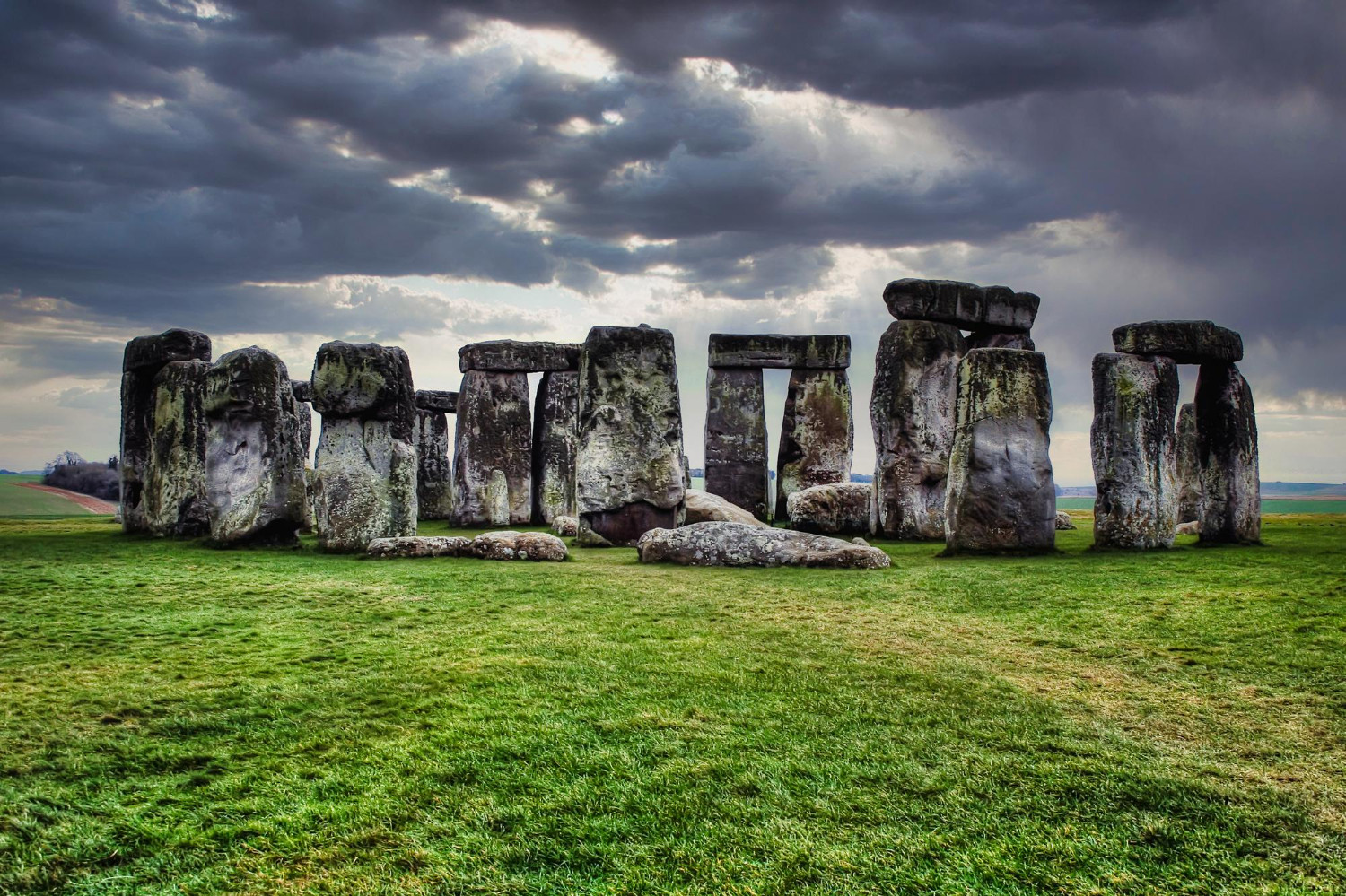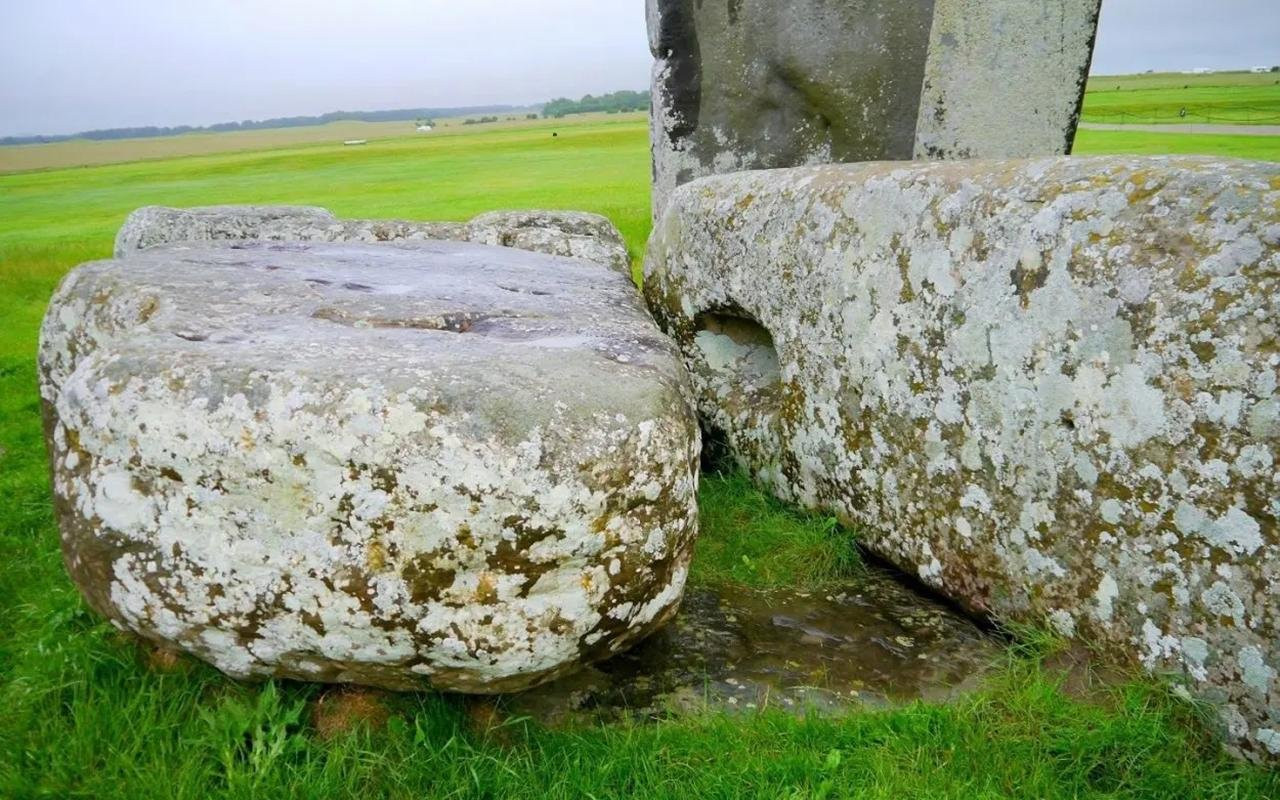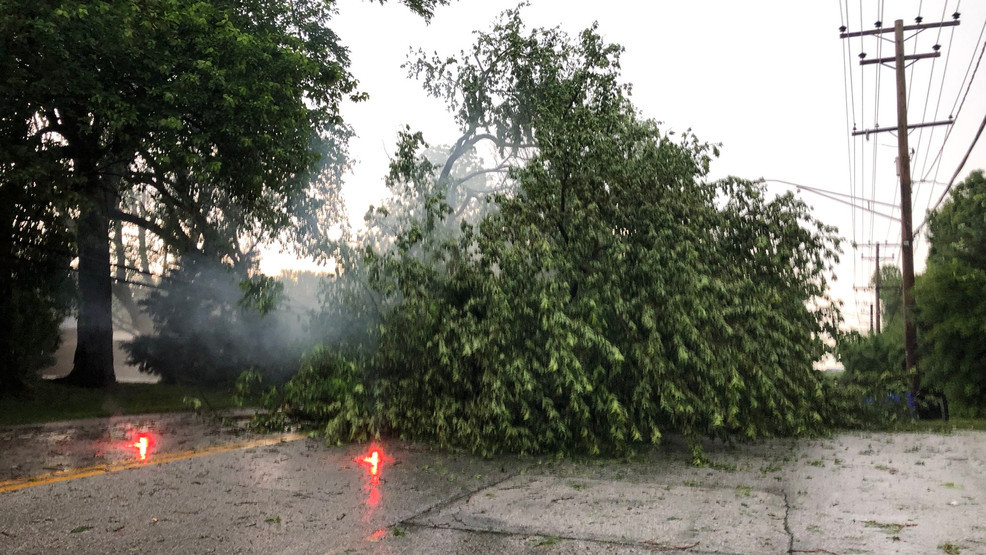Scientists’ search for the source of Stonehenge’s iconic Altar Stone has intensified, with a new paper ruling out Orkney as where it came from. The new findings follow last month’s news that the largest “bluestone” at the heart of Stonehenge came from the Orcadian Basin of north-eastern Scotland, and not from Wales as previously thought.
Construction at Stonehenge began 5,000 years ago, with changes and additions to the ancient site happening over the next two millennia. Although it is unclear when the Altar Stone arrived at Stonehenge, it may have been placed within the world-renowned central horseshoe of stones during the second construction phase at around 2620 – 2480 BC.
With many Neolithic monuments, and having the right geological features, Orkney seemed a likely candidate for the source of the Altar Stone. Published in the Journal of Archaeological Science: Reports, the new research examined both the five exposed Neolithic-age stones at the Stones of Stenness and seven others at the Ring of Brodgar on mainland Orkney, similar in size and rock type to the Altar Stone.
The research concludes that the six-tonne Altar Stone at the heart of the ancient site was not sourced from Mainland Orkney but elsewhere within north-eastern Scotland. Professor Richard Bevins from Aberystwyth University, the lead author of the new study, has been investigating Stonehenge for the last 15 years. He said:
“The mystery of where the stone came from is becoming clearer and clearer as we begin to rule out specific areas in north-east Scotland. This research is radically changing our thinking about the origins of the Altar Stone. It’s thrilling to know that our chemical analysis and dating work is slowly unlocking this great mystery.
“The Altar Stone is anomalous in many ways to both the bluestones and the sarsens at Stonehenge. Whilst, at six tonnes, it is nowhere near the size of the sarsens, it is substantially larger than the bluestones, with which it has previously been classed. It lies in an unusual position at the monument, occupying a near central location and not within either the Bluestone Circle or the Bluestone Horseshoe. It is also grey-green sandstone, unlike all the other bluestone rock types.
“As an academic, I have been fascinated by Stonehenge for decades. I and my other colleagues in the team will continue to work to pin down where exactly in the north-east of Scotland the Altar Stone came from.”
The new research adds to findings by Aberystwyth University and other UK and Australian scientists published last month in Nature that concluded that the Altar Stone came from north-eastern Scotland. In turn, this built on previous Aberystwyth University research that ruled out its Welsh origins and suggested that it should no longer be classified as a bluestone.
The Search for the Altar Stone’s True Origin
The mystery of Stonehenge’s Altar Stone has intrigued researchers for centuries. Initially, scientists believed the stone came from Wales, a theory that prevailed for over a century. However, recent discoveries using advanced chemical analysis techniques have revealed that the stone likely originates from northeastern Scotland, over 400 miles away from Stonehenge.
Narrowing Down the Search: Ruling Out Orkney
Despite the initial indication of northeastern Scotland, the latest research has ruled out Orkney as the possible source of the Altar Stone. A team of scientists, including many of those who spearheaded the previous discovery, examined stones from prominent Neolithic sites on Orkney, comparing their mineral composition to that of the Altar Stone. The results indicated no connection between the stones.
Exploring the Possibilities: Where Could the Stone Be From?
The search for the Altar Stone's true origin continues, with scientists focusing on a wider area within northeastern Scotland. The team is now exploring potential source locations ranging from Orkney and Shetland, south through parts of Caithness and Sutherland, down to Inverness, and eastwards across to Aberdeenshire.
Stonehenge’s Significance: A Glimpse into the Past
Identifying the source of the Altar Stone holds profound significance for understanding the Neolithic history of Britain. It sheds light on the advanced knowledge and capabilities of the people who built Stonehenge, highlighting their ability to transport massive stones over vast distances and their intricate understanding of geology and construction.
Unveiling the Mysteries: An Ongoing Quest
The pursuit to pinpoint the exact origin of the Altar Stone continues, offering an exciting opportunity to delve deeper into the secrets of Stonehenge and the people who built it. As researchers continue their investigations, they are poised to uncover further insights into the construction of this iconic monument and its place in the broader tapestry of human history.
An Enduring Legacy: Stonehenge’s Timeless Appeal
Stonehenge’s enduring mystery continues to capture the imagination of people around the world. Despite the progress made in understanding the monument's origins and construction, many questions remain unanswered. As scientists unravel the mysteries of this ancient site, they are uncovering a deeper understanding of our shared human heritage and the ingenuity of our ancestors who built this incredible monument.


















